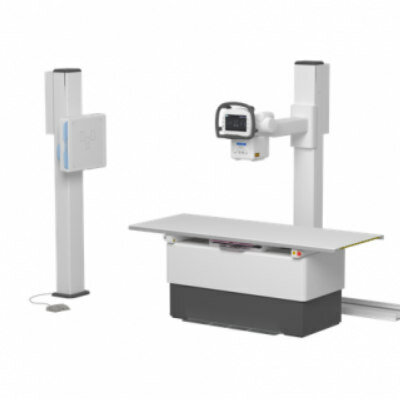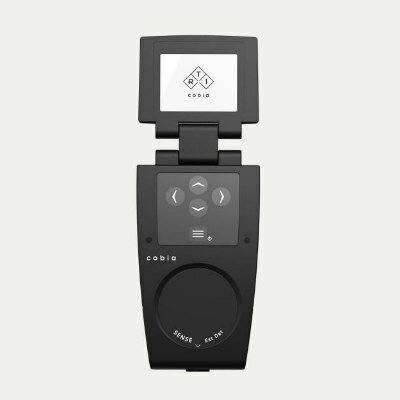MRI Monitors Transplanted Islet Cells
By MedImaging International staff writers
Posted on 17 Oct 2012
Magnetic resonance imaging (MRI) is being used to identify six kinds of positively charged magnetic iron oxide nanoparticles devised to help monitor transplanted islet cells. Posted on 17 Oct 2012
Japanese researchers discovered that these charged nanoparticles transduced into cells and could be visualized by MRI while three kinds of commercially available nanoparticles utilized for controls could not. The study is published in the journal Cell Medicine, published online on October 4, 2012.
“Our data suggest that novel, positively-charged nanoparticles can be useful MRI contrast agents to monitor islet mass after transplantation,” stated study coauthor Hirofumi Noguchi, MD, PhD, of the department of gastroenterological surgery, transplant and surgical oncology at the Okayama University Graduate School of Medicine, Dentistry and Pharmaceutical Sciences (Japan). “Significant graft loss immediately after islet transplantation occurs due to immunological and nonimmunological events. With MRI an attractive potential tool for monitoring islet mass in vivo, efficient uptake of MRI contrast agent is required for cell labeling.”
The researchers noted that recent techniques of labeling islet cells with magnetic iron oxide has allowed detection of transplanted islet cells; however, commercially available magnetic nanoparticles are not effectively transduced because the cell surface is negatively charged and the negative charge of the nanoparticles. The researchers developed positively charged nanoparticles that were proficiently transduced. “This approach could potentially be translated into clinical practice for evaluating graft survival and for monitoring therapeutic intervention during graft rejection,” concluded Dr. Noguchi.
Related Links:
Okayama University Graduate School of Medicine, Dentistry and Pharmaceutical Sciences














